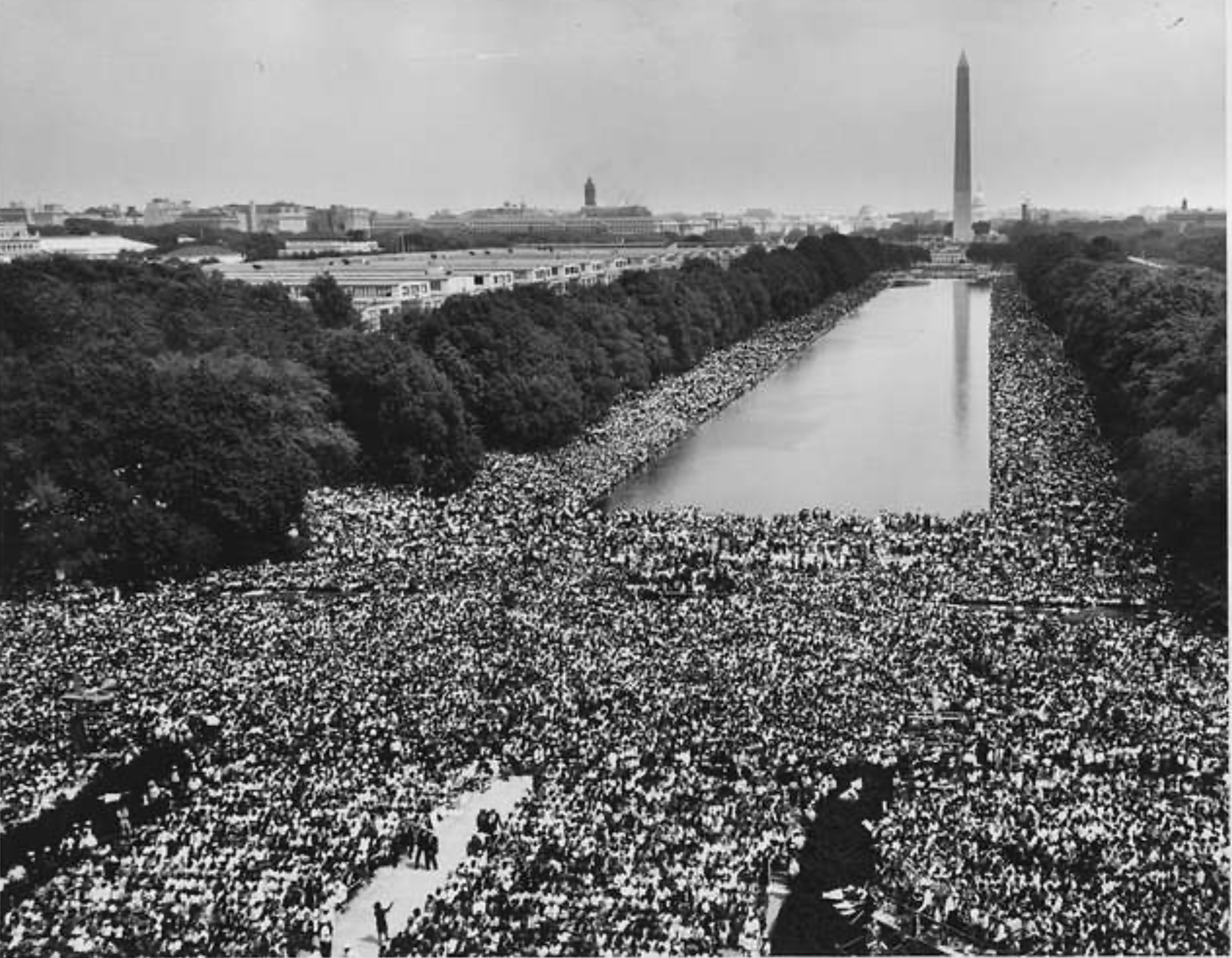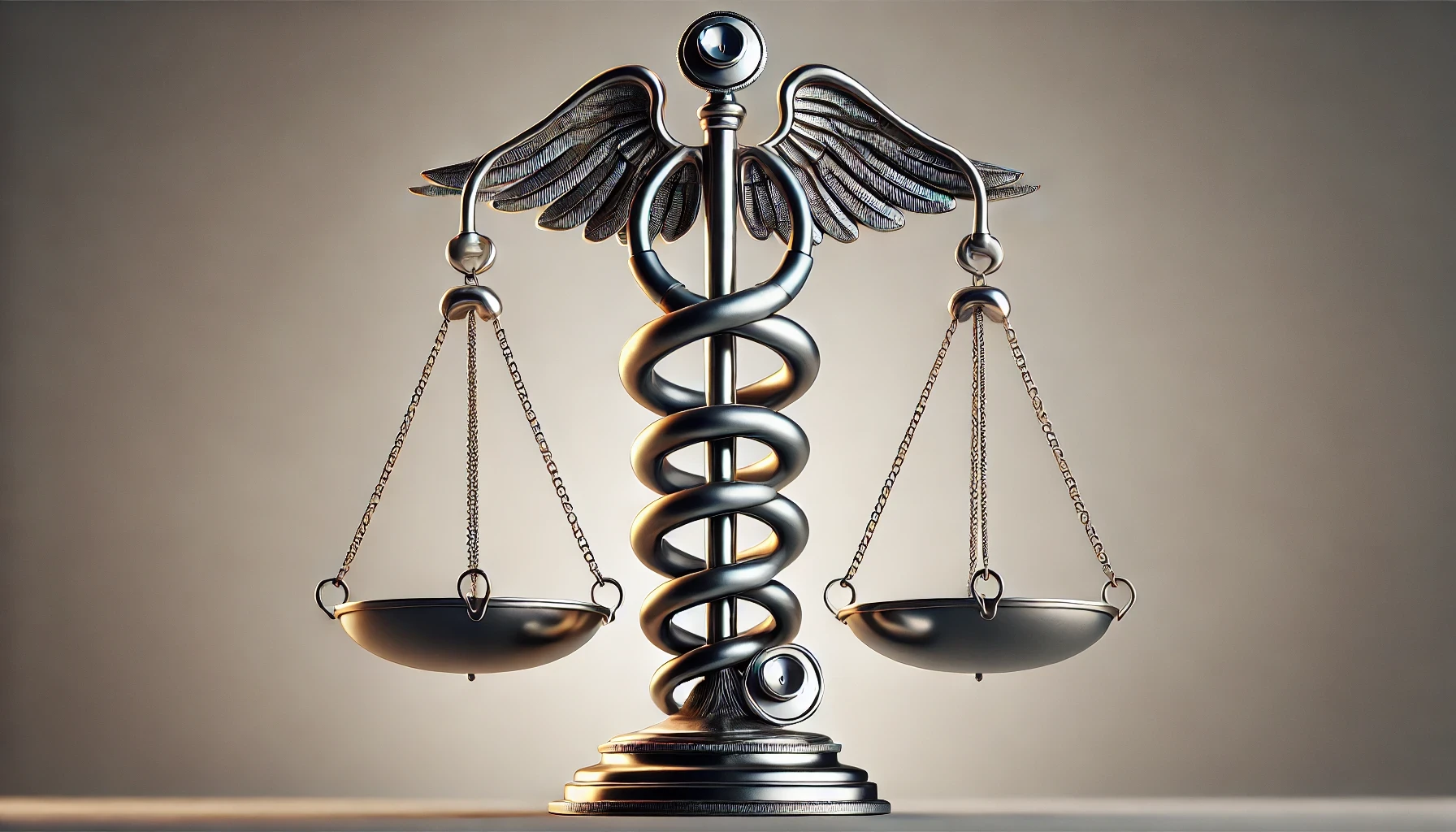
House Democrats’ Resolution to Use Budget Reconciliation for a $1.9 Trillion COVID Relief Bill (H. Con. Res. 11)
Do you support or oppose this bill?
What is H. Con. Res. 11?
(Updated February 3, 2022)
This budget resolution would implement the reconciliation process and establish a budgetary target for House committees to draft coronavirus (COVID-19) relief legislation that would increase the deficit by a total of $1.9 trillion. It isn’t structured in the same way as a typical budget resolution, which would serve as a fiscal blueprint for the decade, as it is primarily intended to give Congress the ability to use reconciliation for a COVID-19 relief bill. A breakdown of how it would allocate the $1.9 trillion among committees can be found below.
The resolution would set the following deficit increase targets for committees’ reconciliation legislation:
Agriculture: $16 billion
Education & Labor: $358 billion
Energy & Commerce: $188 billion
Financial Services: $75 billion
Foreign Affairs: $10 billion
Natural Resources: $1 billion
Oversight & Reform: $351 billion
Science, Space, & Technology: $1 billion
Small Business: $50 billion
Transportation & Infrastructure: $96 billion
Veterans’ Affairs: $17 billion
Ways & Means: $941 billion
After accounting for $215 billion in overlap between the committees, the reconciliation directive would total $1.889 trillion.
If adopted by both chambers of Congress, this legislation would allow congressional committees to report legislation to the Budget Committee, which would compile an omnibus reconciliation bill including the provisions that increase the deficit by $1.9 trillion. That bill would have to satisfy reconciliation rules, would be subject to amendment on the floor of each chamber, and could pass the Senate with a simple majority without being subject to the legislative filibuster.
Argument in favor
Congress needs to move quickly to enact legislation providing additional COVID relief to struggling Americans. Democrats should give themselves the option of passing President Biden’s $1.9 trillion relief bill along party-lines through budget reconciliation in case negotiations on a bipartisan compromise take too long.
Argument opposed
By giving themselves the ability to use budget reconciliation to pass a COVID relief bill on a strictly partisan basis, Democrats are showing that they have no intention of negotiating in good faith in the same manner that a bipartisan majority did in the last Congress when five COVID relief bills were enacted with broad support.
Impact
Congressional committees; and members of Congress.
Cost of H. Con. Res. 11
As a budget resolution, this bill would not authorize any spending.
Additional Info
In-Depth: House Budget Committee Chairman John Yarmuth (D-KY) offered the following statement on the introduction of this budget resolution that would allow the reconciliation process to be used for $1.9 trillion COVID-19 relief legislation:
“The future of American families and our nation’s economy hinges on Congress delivering the aggressive relief and vital lifelines laid out in President Biden’s American Rescue Plan. We are in the depths of the pandemic, and until we defeat this virus our economy cannot recover. Bold action is needed now, and while reconciliation does not preclude a bipartisan package, it does ensure Congress can meet the needs of the American people whether Republicans want to help or not. We will act expeditiously, using whatever parliamentary procedures necessary, to save lives and our economy.”
House Budget Committee Ranking Member Jason Smith (R-MO) released a statement in opposition to the Democrats’ budget reconciliation push:
“The sole reason for pushing forward this hastily crafted proposal is to pave the way for a partisan reconciliation package. Democrats are desperate to use this process to achieve any number of policies that will reward special interests while harming America’s working class, increasing the cost of living for American families, destroying jobs, and weakening the economy. It is further evidence that President Biden’s talk of unity is about keeping his party together, not bringing this country together.”
Media:
Summary by Eric Revell
(Photo Credit: US Embassy Ghana via Flickr / Public Domain)The Latest
-
 Changes are almost here!It's almost time for Causes bold new look—and a bigger mission. We’ve reimagined the experience to better connect people with read more...
Changes are almost here!It's almost time for Causes bold new look—and a bigger mission. We’ve reimagined the experience to better connect people with read more... -
 The Long Arc: Taking Action in Times of Change“Change does not roll in on the wheels of inevitability, but comes through continuous struggle.” Martin Luther King Jr. Today in read more... Advocacy
The Long Arc: Taking Action in Times of Change“Change does not roll in on the wheels of inevitability, but comes through continuous struggle.” Martin Luther King Jr. Today in read more... Advocacy -
 Thousands Displaced as Climate Change Fuels Wildfire Catastrophe in Los AngelesIt's been a week of unprecedented destruction in Los Angeles. So far the Palisades, Eaton and other fires have burned 35,000 read more... Environment
Thousands Displaced as Climate Change Fuels Wildfire Catastrophe in Los AngelesIt's been a week of unprecedented destruction in Los Angeles. So far the Palisades, Eaton and other fires have burned 35,000 read more... Environment -
 Puberty, Privacy, and PolicyOn December 11, the Montana Supreme Court temporarily blocked SB99 , a law that sought to ban gender-affirming care for read more... Families
Puberty, Privacy, and PolicyOn December 11, the Montana Supreme Court temporarily blocked SB99 , a law that sought to ban gender-affirming care for read more... Families
 Climate & Consumption
Climate & Consumption
 Health & Hunger
Health & Hunger
 Politics & Policy
Politics & Policy
 Safety & Security
Safety & Security
